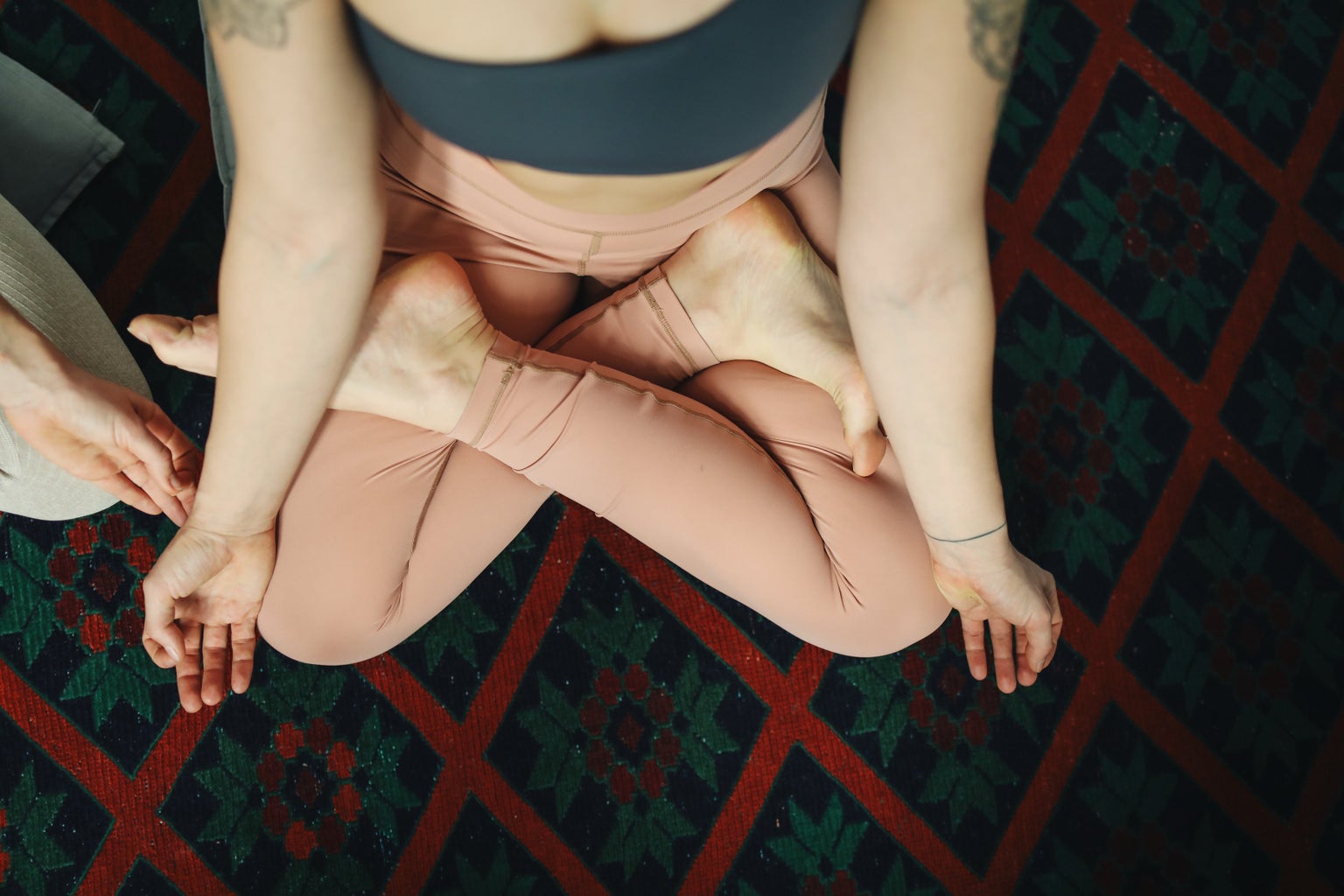Mindfulness has become a popular topic of discussion in today’s society. As social media takes a prominent role in our lives, in addition to more pressure being placed on us with academics, clubs, and sports, we find it easy to get stuck in our own thoughts and lost in the tangled web of stress. Luckily, there are lots of resources available that can help us become more centered and grounded. Below, I am sharing four mindfulness techniques that helped me float out of the clouds of thought and onto the ground of reality.
*Disclaimer: I am not a mental health expert!
- breathing techniques
-
Deep breathing is useful when you’re feeling sudden stress or anxiety. It’s also helpful right before bed to quiet your brain and relax your body. You can do it however long you’d like until you feel relaxed. Here are two of the most common breathing techniques:
4-4-4: Inhale for four seconds, hold for four seconds, and exhale for four seconds.
4-7-8: Inhale for four seconds, hold for seven seconds, and exhale for eight seconds.
- journaling
-
Journaling organizes your thoughts and feelings so you can get a better sense of what’s really bothering you. It essentially visualizes the jumbled mess that’s going on in your head. One thing I like to do before I go to bed is write down any positive things that happened during the day. It puts me in a better mindset so my mind isn’t racing at night and I can sleep better.
- body scans
-
One of the best ways to become more connected with your body and environment is to do a body scan. Body scans don’t need to be long; they’re just a way to reconnect with your physical being. They can be done with eyes open or closed, although having your eyes open may worsen your focus. After getting in a comfortable position, simply center your attention on each body part one by one. Note any sensation present (heat, coolness, tingling, pressure, etc.). Sometimes you won’t feel anything, and that’s okay. The important thing is that you’re taking your attention away from your thoughts and onto your physical being, grounding yourself in the present moment.
- Helpful apps
-
There are lots of apps that include a variety of exercises for meditation and mindfulness. Here are some of the most popular ones:
- Calm
- Headspace
- The Mindfulness App
- Smiling Mind
- Balance: Meditation & Sleep
Practicing mindfulness is a good habit to get into as it promotes a calmer, more centered mind. So the next time you’re stressed because it’s 2:00 a.m. and you’re still studying for your exam the next morning, do some deep breathing, write down your thoughts, and you’ll return to your work feeling less clouded and more grounded. These four techniques have helped my journey as a college student; to learn more, be sure to speak with qualified mental health professionals!
MENTAL HEALTH: If you or someone you know is seeking help for mental health concerns, visit the National Alliance on Mental Illness (NAMI) website, or call 1-800-950-NAMI(6264). For confidential treatment referrals, visit the Substance Abuse and Mental Health Services Administration (SAMHSA) website, or call the National Helpline at 1-800-662-HELP(4357). In an emergency, contact the National Suicide Prevention Lifeline at 1-800-273-TALK(8255) or call 911.




